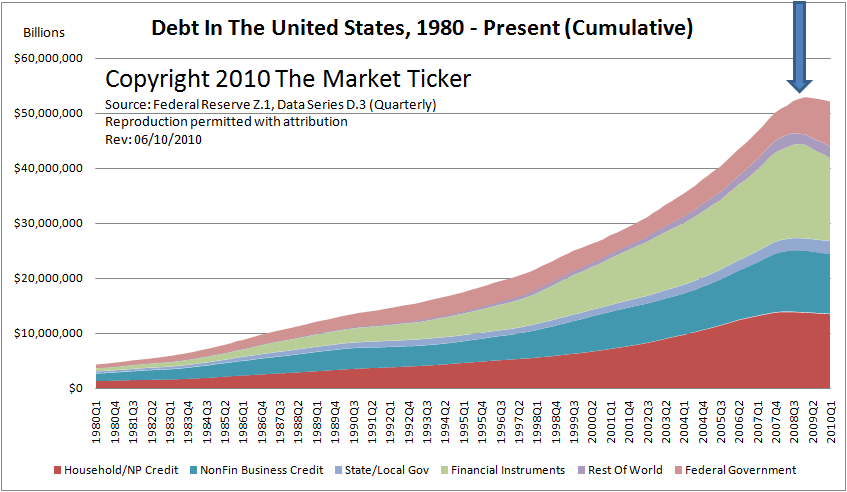The Put Ratio Backspread Complex Name Simple Idea United States Oil Fund ETF (ETF USO)
Post on: 2 Сентябрь, 2015 No Comment

Is the backspread always a bear strategy?
Most traders think of the put ratio backspread in this way. Why? Because it involves puts. But in fact, it is not a bear strategy, but a volatility strategy. That means its’ designed to turn profitable due to fast point movement in the underlying.
The put ratio backspread is designed to create a net close to zero, meaning very small credit adequate to cover trading costs and perhaps a little more. The potential loss is limited, but profit potential depends on the direction of price movement. Time decay plays a major role, creating profitable status in the short side while waiting out the price movement on either side.
The put ratio backspread has two elements. First is that it combines short and long puts. Second, the ratio refers to the disparity in the number of long and short positions. Typically, the strategy combines ATM or ITM long puts with a smaller number of ITM short puts. While the ITM puts are at risk of exercise, there are two offsetting advantages.
First the exercised puts can be covered with your long puts (so the loss is limited to the distance between the strikes). Second, both time decay and changes in the implied volatility will work to reduce premium value, so you can close one or more of the shorts at a profit, often very soon after they were opened.
For example, if you buy three long ATM and sell two ITM puts, you set up a 3:2 put ratio backspread. For example, U.S. Oil Fund (NYSE: USO ) is attracted for this strategy because option strikes are provided one point apart. On April 13, 2012, the fund’s shares were at $39.17. At that moment, the May 38 puts were at 0.82 and the May 40 puts at 1.75. You set up a 3:2 put ratio backspread with the following:
- Buy three May 38 puts @ 38 = $ — 114
- Sell two May 40 puts @ 1.75 = $350
- Net credit: $ $236

The net credit is adequate to cover the net loss in the case of one exercise. However, the volatility of USO may create fast changes in IV, so that the short positions can be closed profitably. If the stock price declines, these can also be rolled forward. The net exposure is only one contract (3:2 ratio), but the net premium is a 2.36 credit.
You will discover that stocks with one-point strike increments provide the best flexibility. When compared to a 2.5-point or 5-point space, you will see that the exercise exposure is more advantageous in the smaller strike situations.
The example of USO is only one possibility. This varies based on degree of proximity between strikes and current price, volatility in play, and time remaining to exercise. The key, however, is volatility. Like so many option strategies with short sides, mastery of volatility timing is going to define your levels of profit or loss. Once you are able to time entry and exit based on movement in IV, your combined and hedging strategies are likely to be more profitable as well. This can be complex without help, but it can be simple and easy with the right tracking tools.
To improve your option trade timing, check the Benzinga service Volatility edge which is designed to help you improve selection of options as well as timing of your trades.
2015 Benzinga.com. Benzinga does not provide investment advice. All rights reserved.














